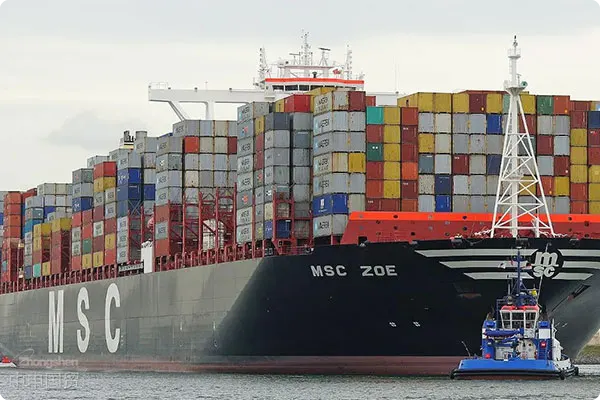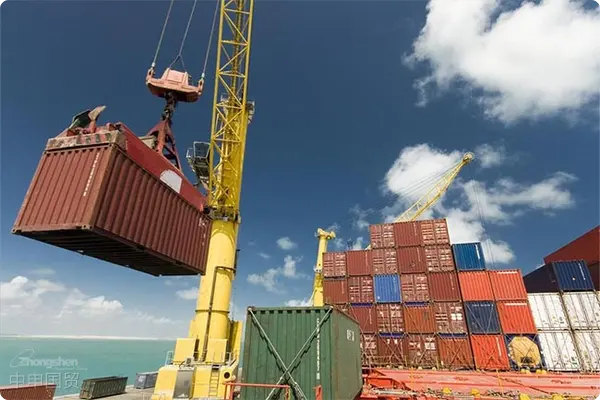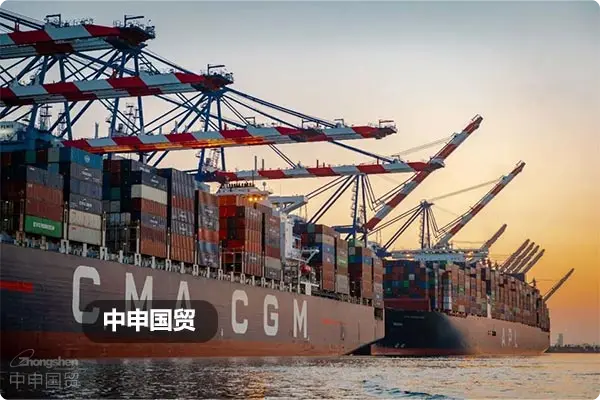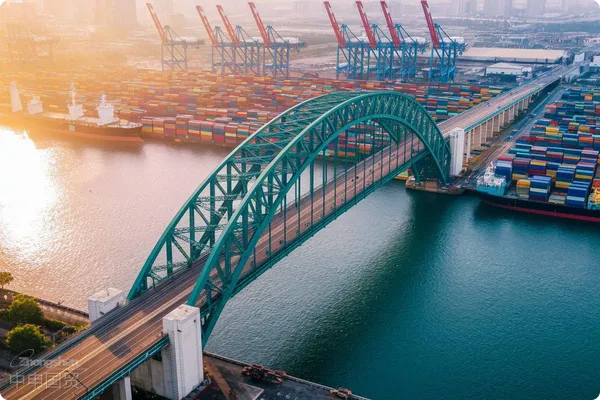- Shanghai Zhongshen International Trade Co., Ltd. - Two decades of trade agency expertise.
- Service Hotline: 139 1787 2118
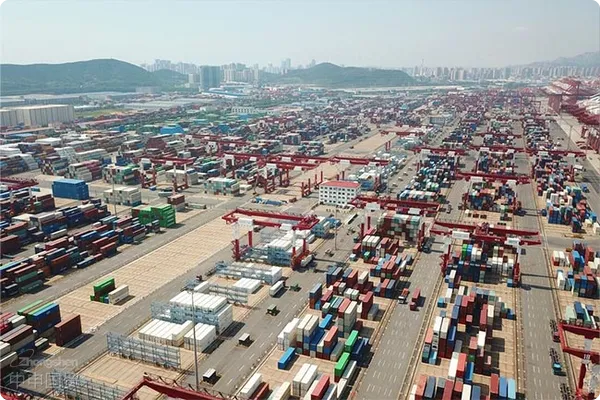
Decoding South Koreaequipment. For example, Indonesia has the SNI certification, Thailand has the TISI certification, and the Philippines has the BPS certification. It is necessary to confirm in advance the equipment voltage (such as 380V/50Hz in Thailand), the compatibility of the CE certification, and the proof of environmentally friendly materials.Customs Passcode
Latest data from Korea Customs Service (KCS) shows that among abnormal import declaration cases for machinery equipment from January to June 2025, 72% involved HS code misclassification. As a key equipment supplier in Northeast Asia, South Korea's customs rules featuredetailed classification, dynamic adjustments, strict inspectionsthree major characteristics that pose substantive challenges for importing enterprises.
Key control points in the customs clearance process
- Pre - classification Service
- Mechanical products involve 300+ detailed tariff codes
- 2025 adds new dedicated codes for intelligent manufacturing equipment
- It is recommended to verify through the following methods:Optimization
- China-South Korea FTA utilization rate below 40%
- Third-party transit requires supplementary processing procedure certificates
- Technical document specifications
- Mandatory Korean language manuals
- KC-certified equipment requires test reports
Five-dimensional evaluation method for agency screening
Comparing 2025 Seoul Customs' published agency clearance efficiency data, premium service providers exhibit these characteristics:
- Dispute Resolution Method
- Incheon/Busan port resident clearance teams
- Seoul Customs AEO certification
- Risk prevention system
- Triple verification mechanism for HS codes
- Intelligent tariff deposit calculation model
- Emergency Handling Capability
- 24-hour response to customs inquiries
- Successful cases of port detention cost recovery
2025 policy change alert
According to South Korea's Ministry of Trade, Industry and Energy Order No. 146, equipment imports will face three major adjustments:
- Tariff preference catalog reduces 12 product categories
- Used equipment imports require environmental disposal certificates
- Declaration value verification introduces international price comparison system
Typical dispute scenario resolution solutions
A semiconductor equipment import case showed that classification disputes caused by power parameter misjudgment were resolved throughtechnical parameter retranslation, manufacturer explanation letters, third-party testingthree-fold evidence submission, compressing clearance time to 72 hours. Such cases reveal that technical documents'precise conversionandevidence chain constructioncapabilities directly impact dispute resolution effectiveness.
Selecting agency teams with electromechanical expertise can reduce inspection probability by over 30%. Enterprises are advised to establishequipment parameter databasesto record historical clearance data as benchmarks for subsequent similar product imports.
Related Recommendations
Category case
Contact Us
Email: service@sh-zhongshen.com
Related Recommendations
Contact via WeChat

? 2025. All Rights Reserved. Shanghai ICP No. 2023007705-2  PSB Record: Shanghai No.31011502009912
PSB Record: Shanghai No.31011502009912
